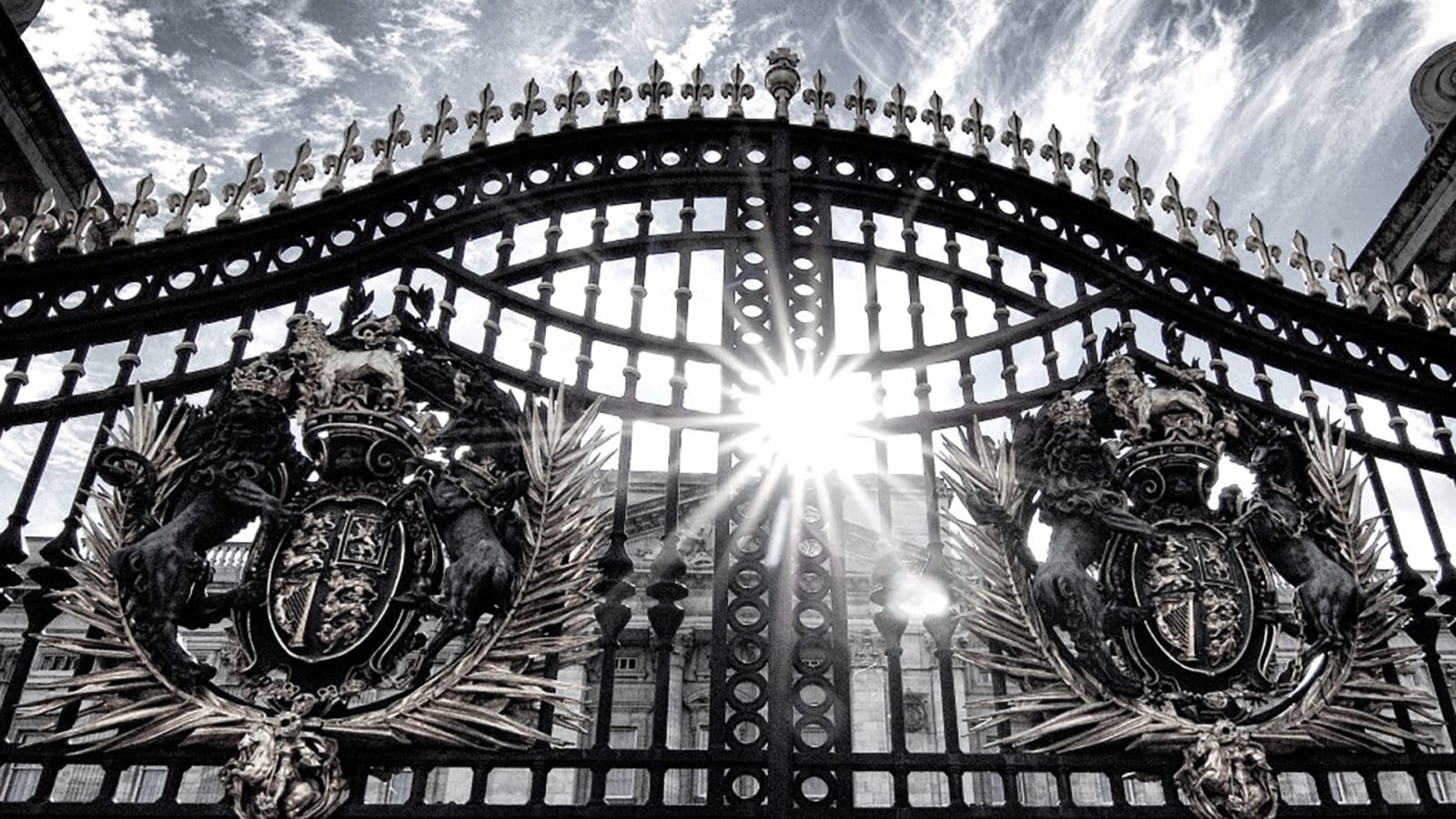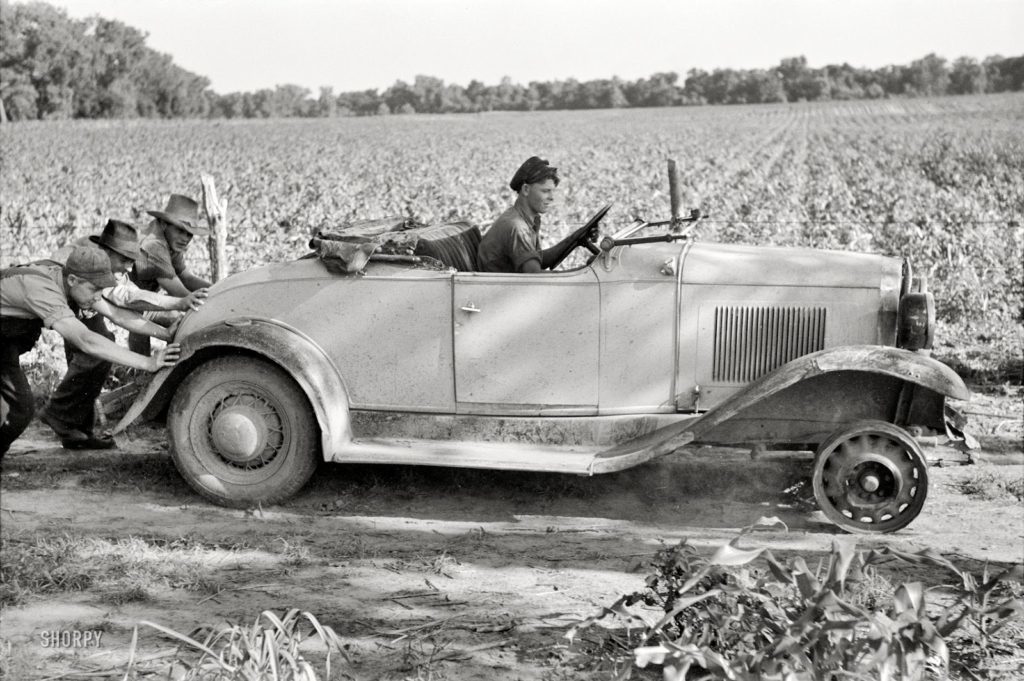Unsurprisingly the Internet of Things has been at the centre of much of the debate at Digital Shoreditch ‘15. Wearables were just the start.
From smart watches and T-shirts that track our physical performance to cars that read road and traffic information; entire cities collecting and transmitting data to co-ordinate anything from rubbish collections to emergency services; water systems that warn of floods or leakages; drones collecting information about fossil fuel deposits, seismic tremors or enemy movements; smart cards connected to your bank, health centre or your home heating system; the latest haute couture dress that changes colour and texture; the future is one in which we will become increasingly dependent on the technology that uses electronic tags to transmit information to a computer which then represents it in a dynamic online network.
It is the transmission and interpretation of that information by machines (your watch, oil rig or your car) that speak remotely to other machines which then control, create or change our environment that is the focus of current technology.
Digital Shoreditch ’15 was alive last week with examples of how the 3rd wave of computing is changing our lives right now. Antonio Pasquale, Senior Interactive Designer at frog, was one of many speakers who talked about hacking our bodies with wearable technologies that dissolve the boundary between us and our environment, blurring the interface so that the two work as one in a self-regulating system.
Just as the IoT was a thread that ran through the whole week, so the debate about the ethical use of data collection and the impact on us as individuals, communities and the environment was a concern addressed by many contributors at DS ’15.
Whether you are concerned about building a healthier population or combatting global warming, there is no doubt that the potential impact of IoT technology is extraordinary and will have as yet unforeseen consequences worldwide. It has been estimated that by 2025, IoT applications could generate $6.2 trillion per year with the healthcare and manufacturing industries seeing the largest gains.
But it is not just increased monetary value that should concern us: there is no sector that will be left undisrupted by the IoT. All aspects of our lives, every industry from manufacturing to agriculture to security and finance – are set to be disrupted and reinvented by the advance of the Internet of Things and, incidentally, raising questions about potential risks to our privacy and security from individual hackers and criminal or terrorist organisations.
Anyone who spent time at the Digital Shoreditch ’15 Festival last week and at the Open House events over the next two weeks will be left in no doubt as to how connected we will all become, with the proviso that the infrastructure can keep up with the technology to increase and integrate data flow.
The most successful commercial application of the IoT has come from an unusual source – British Gas. Anyone interested in learning about the impact that the Internet of Things is having in the real world should come along to the Cohaesus office on Thursday 21st May where Julian Browne, Head of Architecture at Connected Homes – the division of British Gas responsible for the launch of Hive – talks about how from unlikely beginnings a major brand was born, with lessons for start-ups and enterprises along the way.
For those not lucky enough to get the opportunity to hear Julian’s talk, we will be reporting on it here following the event so no-one need miss out.



